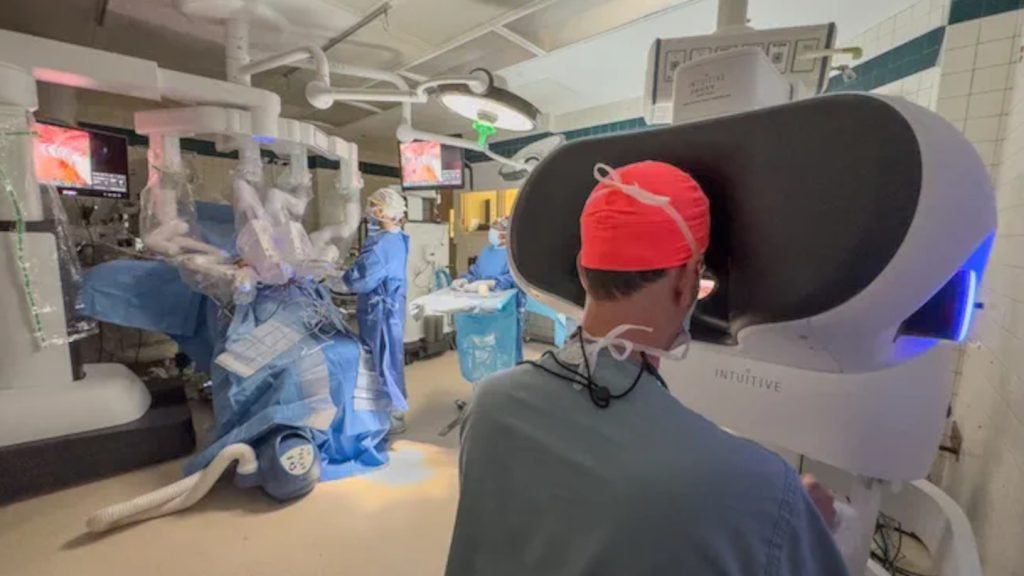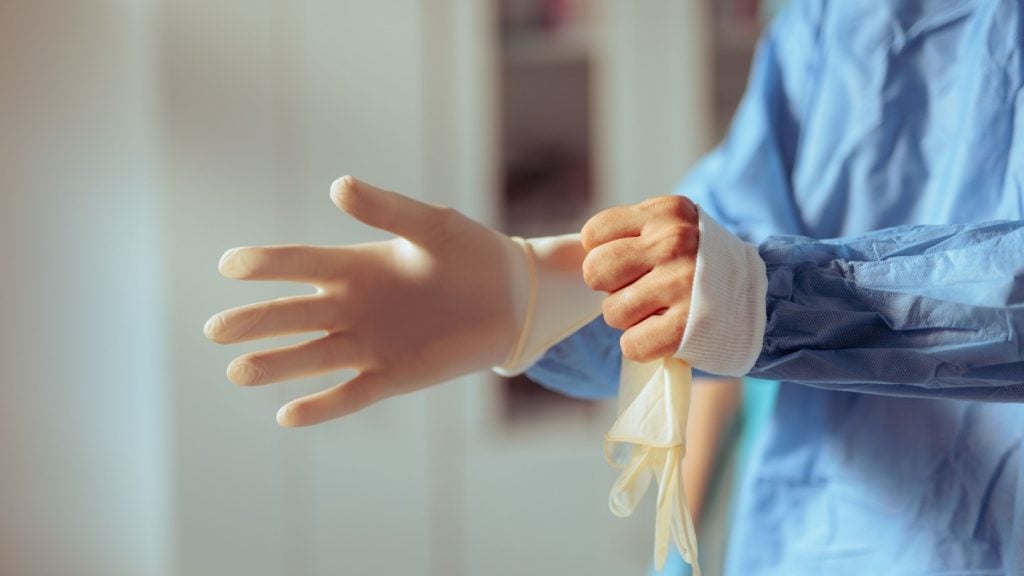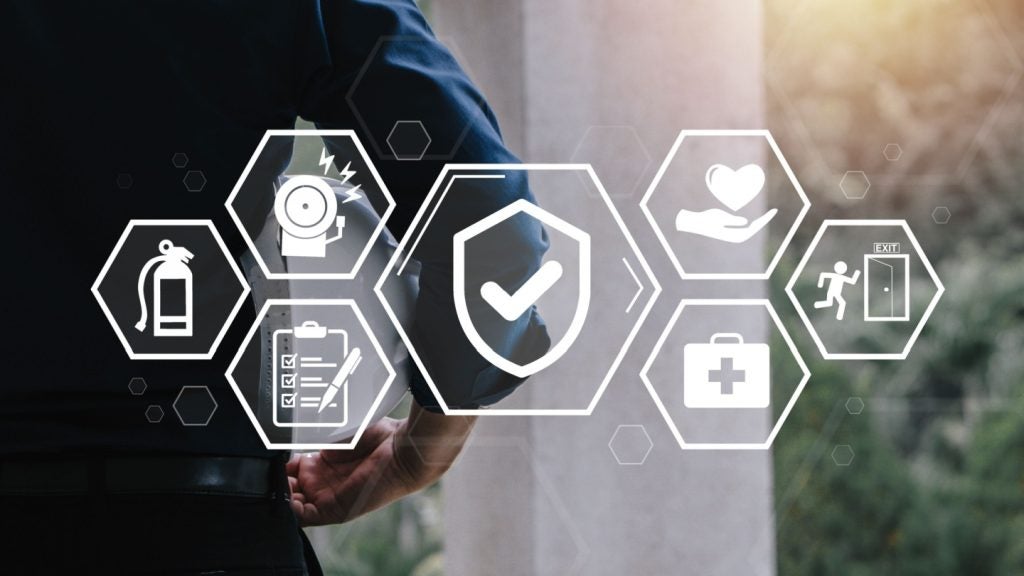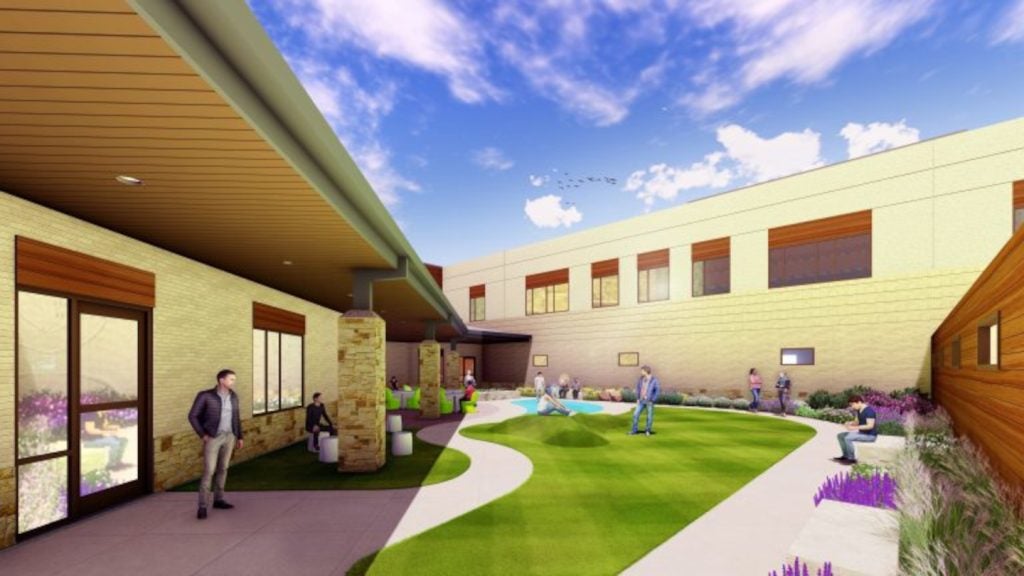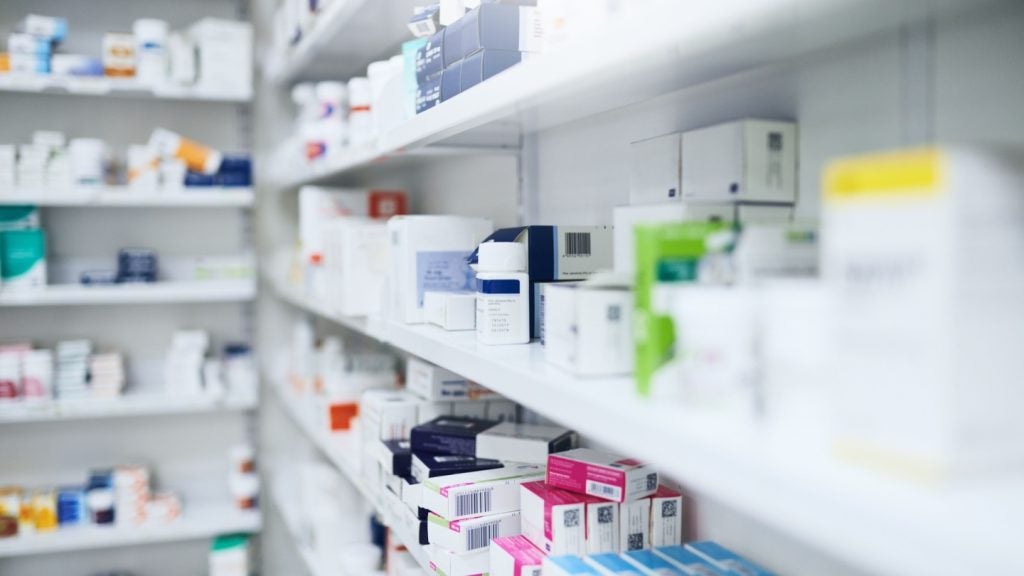University Hospitals (UH) in Northeast Ohio, US, has announced the utilisation of the Da Vinci 5 (DV5) robotic system for surgical procedures, becoming the first in the region to take the initiative.
The DV5 is noted for its enhancements over previous models, aiming to improve the experience for surgeons, caregivers, and patients alike.
UH Cleveland Medical Center will utilise this robot across a diverse range of surgical cases, including esophagectomies and gastric bypasses.
The first surgical procedure using the DV5 was conducted by Christopher Towe, chair of surgery and a thoracic surgeon, last month.
Towe said: “The adoption of the DV5 is not just about technology – it reflects UH’s strategic investment in the future of robotics.”
This initial operation involved a hiatal hernia repair, followed by a successful resection of a mass in the thymus gland. Notably, both patients were discharged within a day, highlighting the minimally invasive nature of the DV5.
UH's commitment to robotic-assisted surgery is further evidenced by its eight other Da Vinci models spread across community hospitals in the region, with plans to add another soon.
The new DV5 robot offers several benefits, including telepresence capabilities that enable real-time live-streaming of surgeries.
Its compact design allows for use in various operating room sizes, and it provides improved visualisation and haptic feedback.
Surgeons can also enjoy enhanced ergonomics with a redesigned console that accommodates different body types and increases comfort during long procedures.
UH Cleveland Medical Center robot coordinator Larisa Rebello said: “This console is more ergonomically satisfying for the surgeons, and the tower enhances efficiency for the circulators.”
The DV5's compact tower minimises room movement for circulating nurses.
The robot consolidates multiple functions, such as integrated laparoscopic equipment, into a single tower, reducing space requirements and boosting efficiency.
Circulating nurses can manage cautery energy for haemostasis and insufflation, which is essential for expanding the operative space during surgeries.


